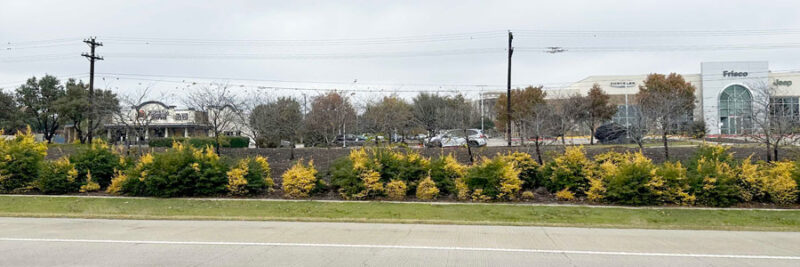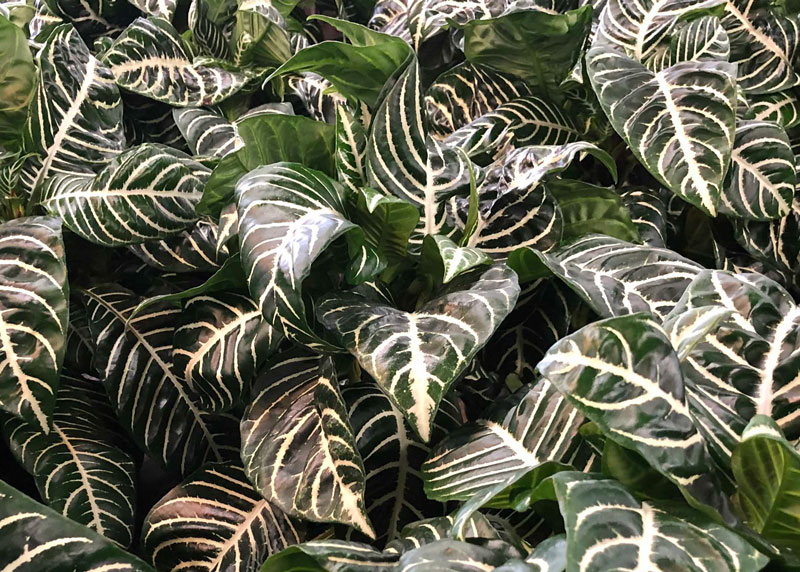Variegated Plants Require Special Care
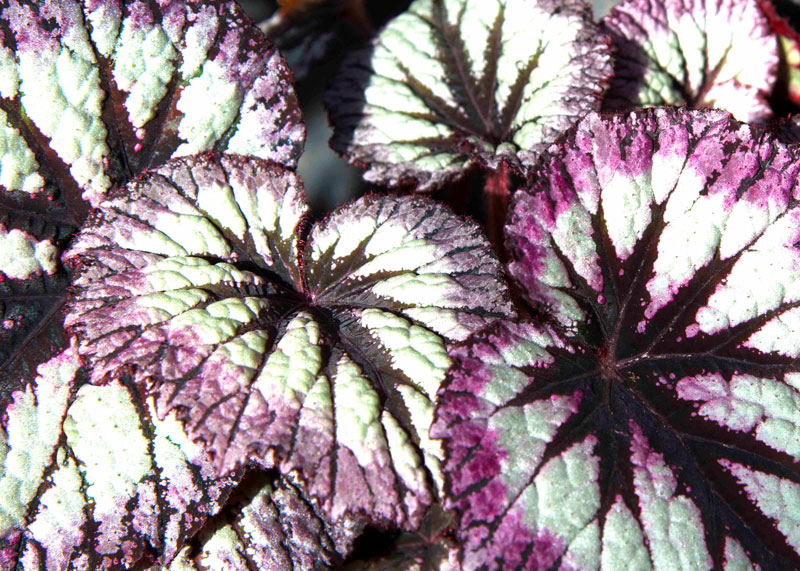
The first time I saw a Rex begonia I was smitten. I fell in love like a starry-eyed teenager. I just knew that was my favorite plant ever!
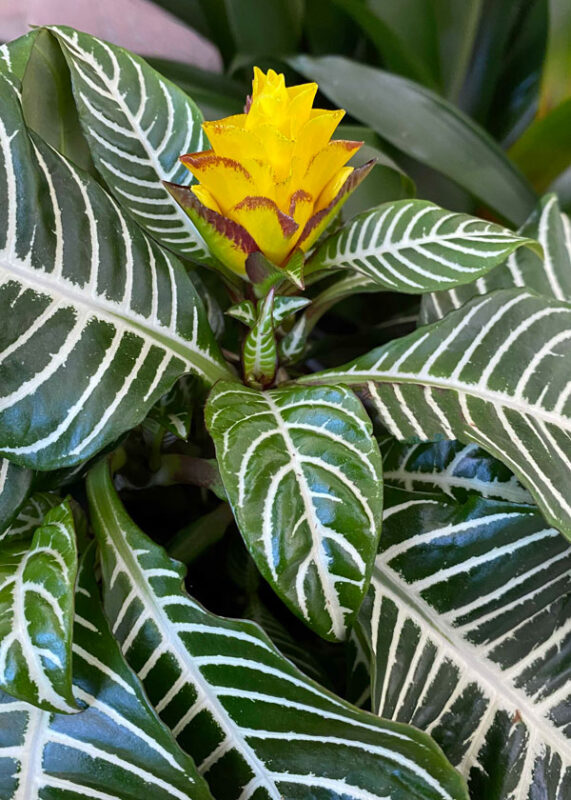
And then I saw zebra plants. And crotons. And a whole host of other beautifulous tropicals. Why, I loved them all.
As a wise old grandfather, I can sit down beside you and tell you some stories. This time I’ll confine them only to the variegated plants in my life. Some have been lifelong friends. Others have broken my heart. Many have fought me to a tie – I know their limits, and I know not to push them beyond them.
Things that I’ve learned…
As that “older and wiser” grandpa, I’ve learned a lot about variegated plants, and when I took the photo I’ve used on the Main page of this week’s e-gardens, I knew exactly what I wanted to tell you.
• Your margins of error with variegated plants will be considerably narrower than it will be with the same plant in its solid green form.
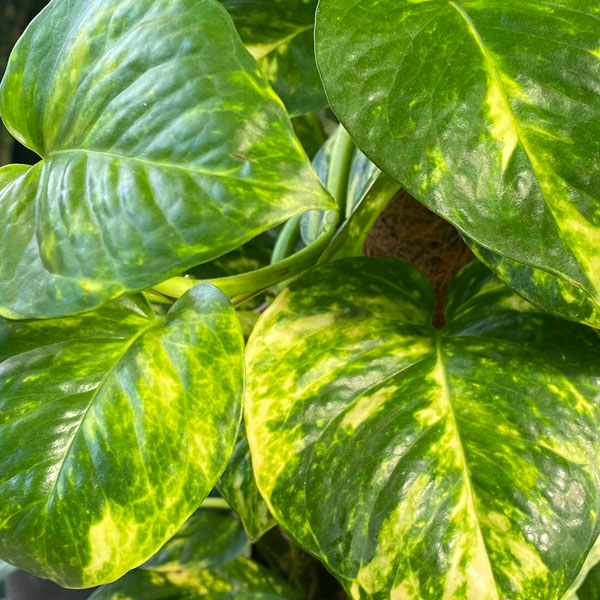
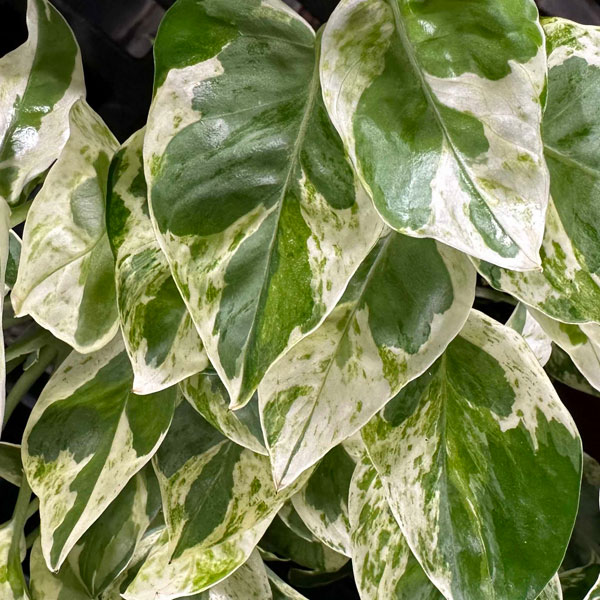
Golden devil’s ivy has more chlorophyll and therefore is a much stronger grower than ‘Pearls and Jade’ devil’s ivy on right. Both are comparatively easy as houseplants once you make the necessary adjustments.
• Put in simpler terms, green plants are easier to grow than their variegated counterparts. That’s because they have more chlorophyll to contribute to the food-making process called photosynthesis.
• Variegated plants will grow more slowly. You must be more patient with them – don’t try to force them along with extra feedings.
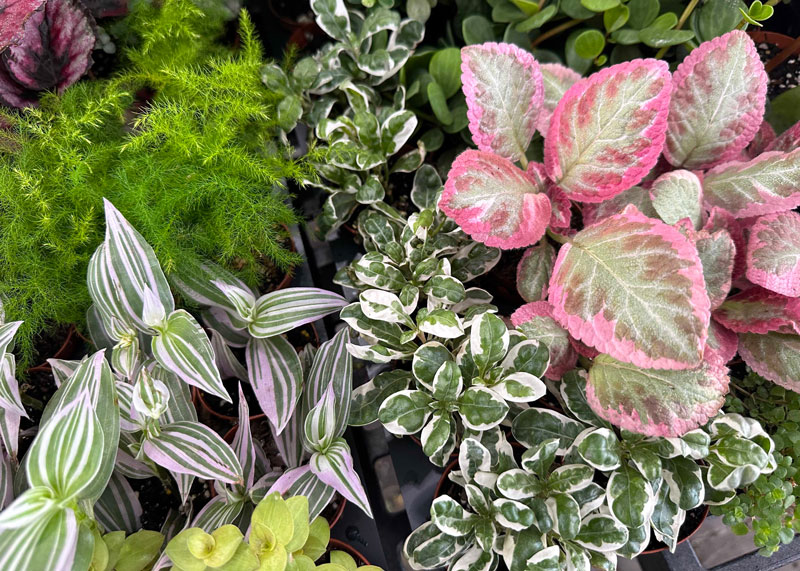
• If you’re planning on using variegated plants in a dish garden, choose your plants carefully. Other plants, especially green types, may quickly overtake them.
• Variegated plants will be much quicker to burn if exposed to excessive sunlight, especially types that are variegated pure white.
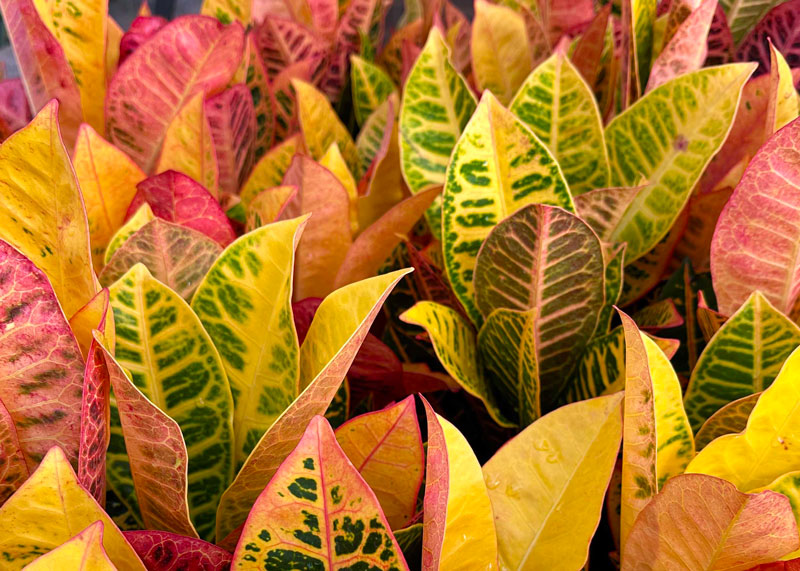
• Some variegated plants will drop older/lower leaves when they don’t receive quite as much light as they’d like. That’s especially noticeable with crotons and zebra plants. The solution is to provide enough light that they hold their leaves and also their colorful variegation. (You’re walking a fairly fine line here.)
• Some variegated plants may be difficult or slow to propagate. One classic example is the succulent group known as haworthias. I collected them, at one point to a total of more than 400 types. However, I drew the line at the variegated types where tiny offsets were being offered online for upwards of $100. They were being propagated in laboratory-like settings primarily because of their variegation and slow growth.
Problems move outdoors with you…
Many of these concerns also translate to your outdoor plantings as well. Variegated plants draw a great deal of attention to themselves. That may distract from your overall landscaping goals of focusing attention to your home and its entry.
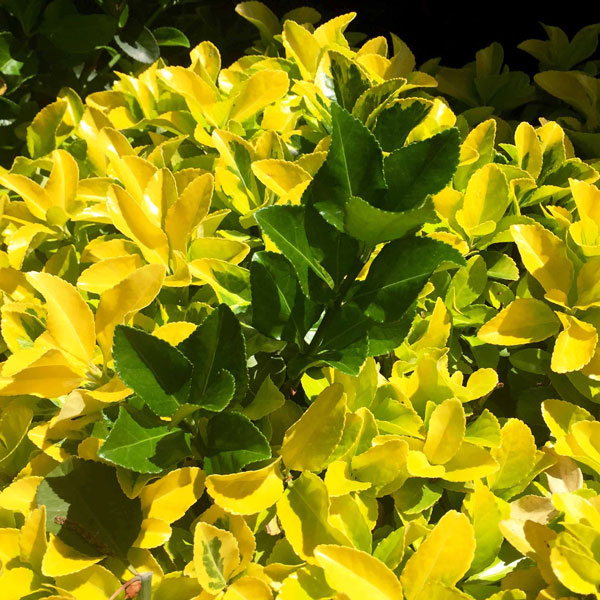
And one other thing to consider with your variegated plants in the landscape is their stability. It’s not uncommon for them to revert to their green beginnings. When that happens, green will almost invariably overtake the more colorful growth. Unless you prune out the green, you’ll soon have a strange looking plant that will then go on to be solid green.
